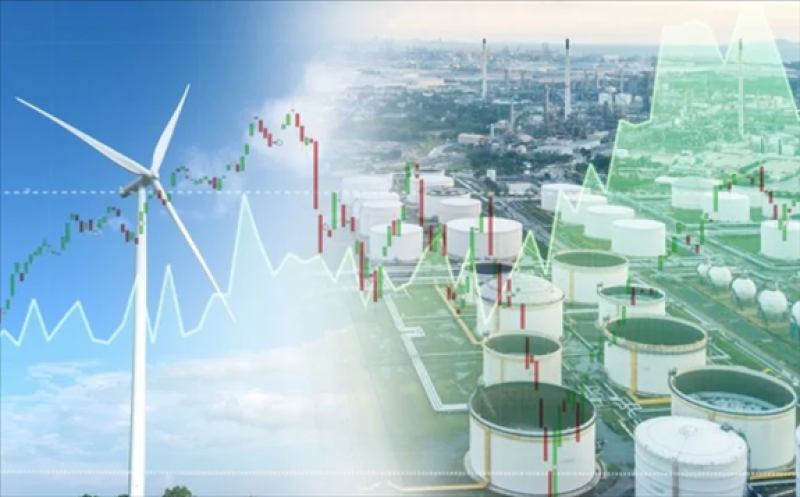Power prices reached critical levels across Europe amid a surge in costs for natural gas and an outage in France.

Europe is faced with the possibility of another domino effect in energy, similar to the one that happened during the winter of 2016-17 that led to a spike in power prices.
Specifically, last week French EDF announced four nuclear reactors would have to stay offline as a result of emergency maintenance, which means the country’s electric power system will have reduced capacity until mid-January.
France is traditionally an electricity exporter in Europe, but now the country already needs increased imports to cover internal demand. On Monday, 11.8 GW of electricity was being imported into France from Germany and Belgium, a very telling number for what may follow.
On the same day, Poland’s power price in the day-ahead market increased by 110% to EUR 344 per MWh.
The change in France’s role in the European electricity system has created the possibility of a domino effect, as other countries face reduced imports and rising prices. It already happened during the winter of 2016-17, when France had many nuclear plants in maintenance, but now it may occur at a time with already very high power and gas prices.
New records for power prices across Europe
According to levels at national energy exchanges and European platform EEX, wholesale prices of electricity jumped to new highs. For Tuesday, the price is at over EUR 400 per MWh for France, Germany, Netherlands, Belgium, Switzerland, Austria, Slovenia, Croatia, Hungary, Italy and Slovakia.
As for Bulgaria and Greece, the price stands at EUR 342, the lowest among countries covered by the Energy Live platform. In Serbia, the price is EUR 396 and in Romania it is at EUR 395 per MWh.
Natural gas reserves fall below 60% early in season
Natural gas is the primary contributor to a surge in electricity prices. It is estimated that around 80% of the increase is attributed to gas and the rise in CO2 prices makes up for the remainder, which points to the importance of the volume of gas in European underground storage.
The levels were not replenished adequately during the summer season. Winter storage capacity utilization began with 67.5% on December 1 and now it is below 60%, a level that is normally reached in January. If the winter is harsher than usual, it may drop to a critically low level by February or March.
The energy market seems to have priced in the fact in the month-ahead contracts for electricity, which are higher for February than for January in major countries, such as Germany and France.